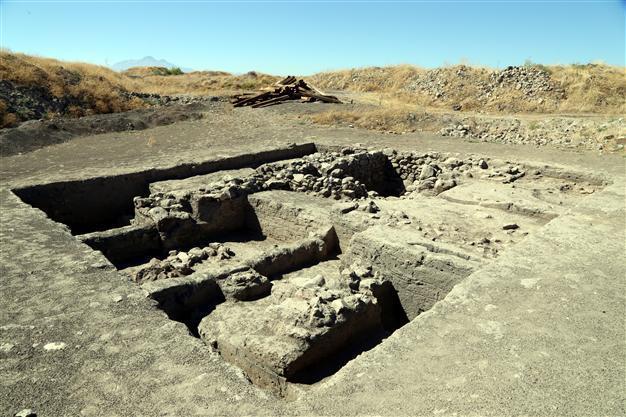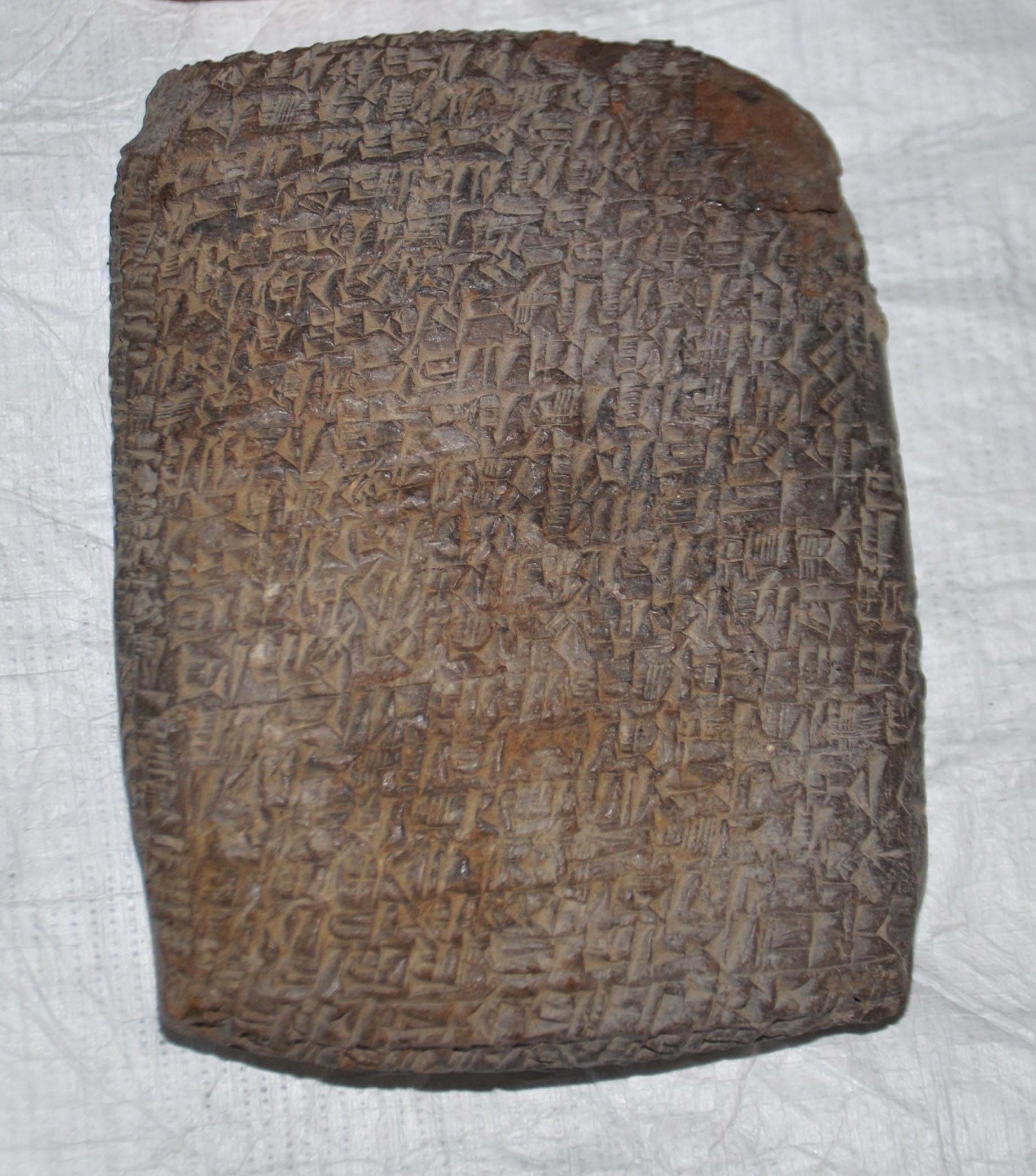Traces of trade on UNESCO list
KAYSERİ – Anadolu Agency

AA Photos
The Kültepe Tablets, the earliest written documentation of life in Anatolia, have been included in the UNESCO Memory of the World Register.

At a press conference held on Oct. 16 at the Kayseri Archaeology Museum, Kayseri Governor Orhan Düzgün said Profesor Fikri Kulakoğlu had applied for the inclusion of Kültepe in the Memory of the World Register, with the initiative of the Kültepe excavation head.
“In this way, Kayseri will draw the attention of people interested in history and culture. We believe that the number of visitors will increase at the ancient site of Kültepe where these tablets were found and the Kayseri Museum where they are on display,” the governor said.
Düzgün said the artifacts would be moved to the new archaeology museum, which is under construction inside the Kayseri Castle, in 2016. “The new museum will have a more contemporary style,” he added.
Kayseri Mayor Mustafa Çelik said the geography of Kayseri had a history of 5,000 years, adding, “The genetic codes of our business mind are written on these tablets.”
Light on history of Mesopotamia and SyriaKulakoğlu said the existence of the ancient clay tablets distinguished Kayseri from other cities, as the “richest part of Anatolia” had been found there. “The people of Anatolia learned how to read and write in Kültepe,” he said, adding that the site had contributed many artifacts to museums in other cities, such as Ankara Museum of Anatolian Civilizations and the Istanbul Archeology Museum. Regarding the clay tablets, he said, “The tablets have information about the activities of ancient traders. They shed light not only on Anatolian history but also on the history of Mesopotamia and Syria. Everything money-related are on these tablets.”

 At a press conference held on Oct. 16 at the Kayseri Archaeology Museum, Kayseri Governor Orhan Düzgün said Profesor Fikri Kulakoğlu had applied for the inclusion of Kültepe in the Memory of the World Register, with the initiative of the Kültepe excavation head.
At a press conference held on Oct. 16 at the Kayseri Archaeology Museum, Kayseri Governor Orhan Düzgün said Profesor Fikri Kulakoğlu had applied for the inclusion of Kültepe in the Memory of the World Register, with the initiative of the Kültepe excavation head.